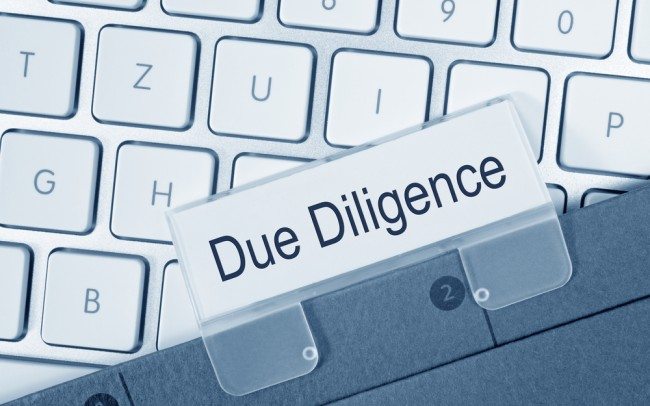Bringing a taxpayer and a tax agent to responsibility for committing a tax due diligence checklist does not relieve him of the obligation to pay the due amounts of tax and penalties.
The Importance of Tax Control in Your Business
Tax control over tax revenues from taxpayers is carried out by keeping in the tax authorities for each payer operational accounting of accruals and receipts of each type of taxes and other compulsory receipts. The correctness, completeness, and timeliness of tax payment are monitored through tax audits (office and field). A tax audit can cover only three calendar years of the activity of the taxpayer, the payer of the fee, and the tax agent, immediately preceding the year of the audit.
A cameral tax audit is carried out at the location of the tax authority on the basis of tax declarations and documents submitted by the taxpayer serving as the basis for calculating and paying tax, as well as other documents on the taxpayer’s activities. The purpose of the in-house audit is to monitor compliance with tax legislation, identify and prevent tax violations, collect unpaid taxes and bring the perpetrators to justice, as well as prepare information for selecting taxpayers for on-site tax audits. The deadline is set at three calendar months from the date of submission to tax serving as the basis for the calculation and payment of tax.
Cameral inspections make it possible to find unscrupulous taxpayers, to ensure the selection of those organizations, the documentary inspection of which gives the greatest additional charges for each hour of the inspector’s working time. Their effectiveness is characterized not only by the additionally accrued amounts but also by more correct calculation and payment of payments in the future based on the elimination of errors in accounting. For example, the growth of crime in the country does not at all speak about the effectiveness of legal legislation and the system.
The effectiveness of tax control should not at all be assessed by the number of violations detected and the amounts of accrued fines for tax violations and funds returned to the budget. This is the effectiveness of the regulatory authorities. The effectiveness of tax control should be assessed by indicators characterizing the reduction of the above negatives.
The Main Components of Due Diligence Checklist
The effectiveness of the tax due diligence checklist is largely determined by preparatory measures that combine audit planning and pre-audit work. Planning and pre-verification preparation of documentary audits conducted by tax police officers independently or jointly with the tax authority is carried out using elements of operational-search activities. Before the start of the audit, information on tax violations, the scope of the audit is studied, and possible directions for the actions of operational employees are developed to obtain an evidentiary base on ways to conceal tax payments or non-payment of taxes.
Recently, in most regions, the number of surcharges based on the results of desk audits turned out to be higher than on the results of field audits. The tax authorities prefer cameral audits by the continuous method of field audits, especially since during desk audits the taxpayer himself submits all documents to the inspectorate, their verification is carried out directly at the tax authority.
The main components of the due diligence checklist are:
- Understand the target company’s methods of accounting.
- Review of target company’s state and federal income tax returns.
- Review of target company’s tax audits (if applicable).
- Ensure that deferred revenue is being recognized in accordance with federal income tax rules.

